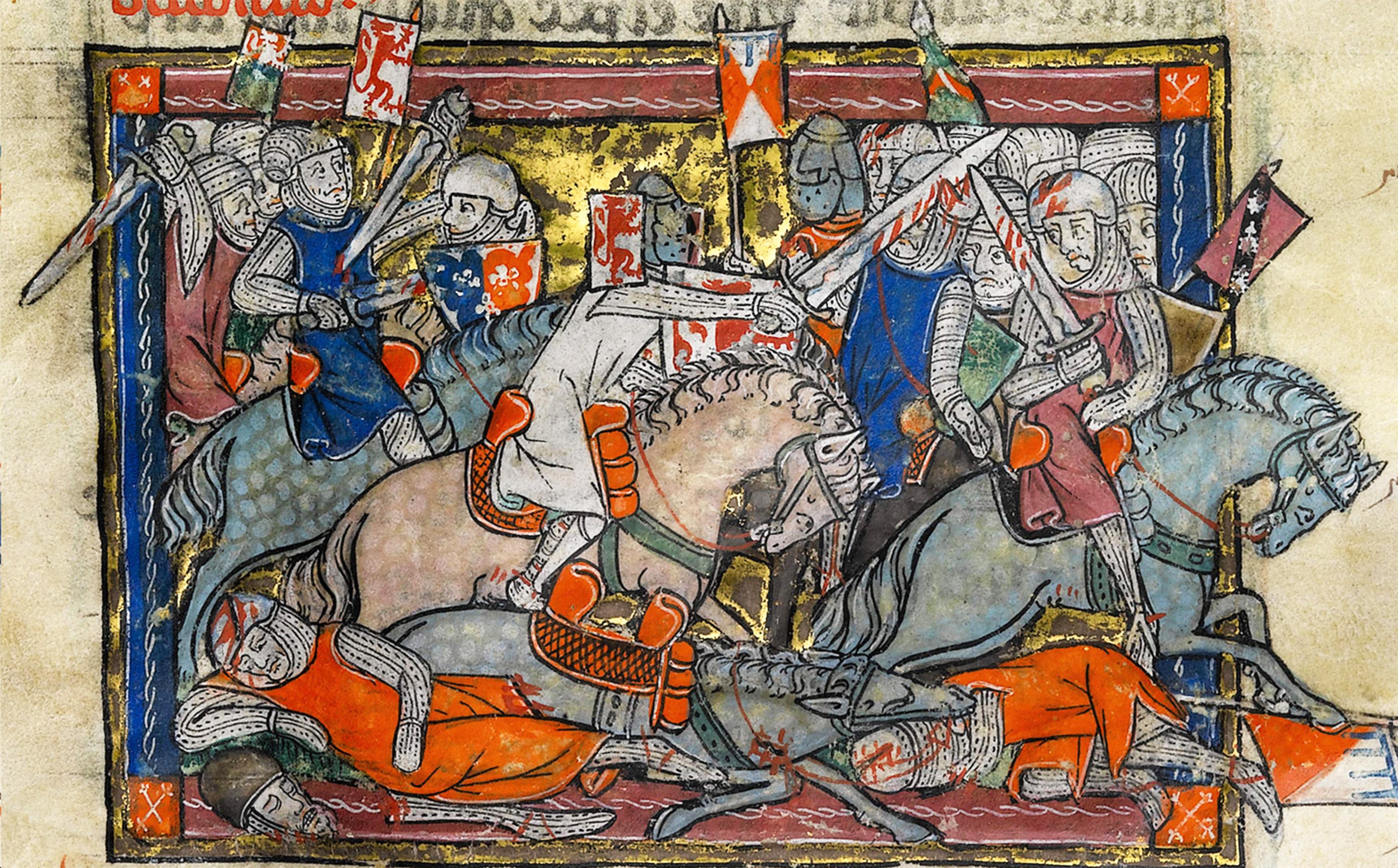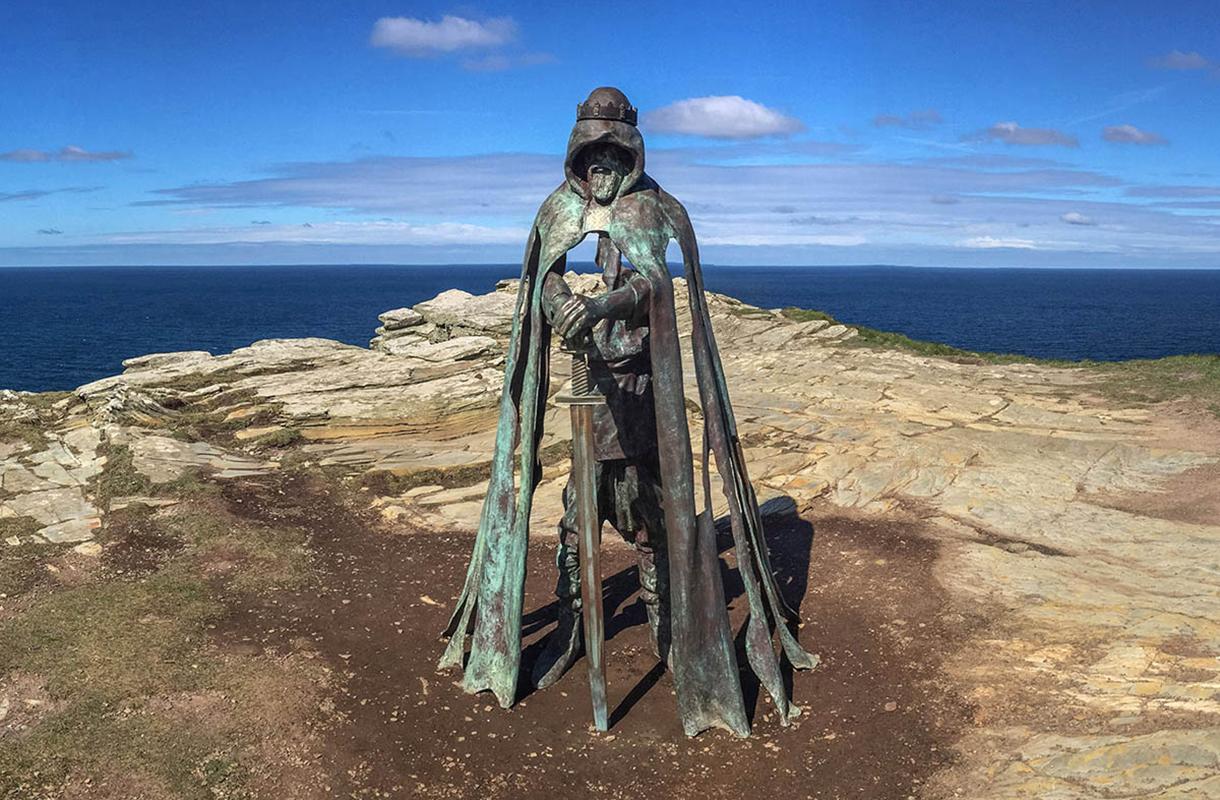King Arthur's legendary Camelot castle location 'discovered' by retired professor
Expert on the mythical king claims he has 'solved 1400-year-old mystery'

A retired professor claims he has finally discovered the location of King Arthur’s legendary Camelot – on the outskirts of Huddersfield.
The location of the castle has been the subject of thousands of years of rumour and speculation. Even the existence of the famous King is heavily disputed.
Now, though, Professor Peter Field, an expert in literature on the mythical Arthur, has claimed the location of Camelot was a small Roman fort at Slack, to the west of Huddersfield in West Yorkshire.
Prof. Field, who used to teach at Bangor University, said although he “loves doing this stuff” he had uncovered the location by luck.
He said: "It was quite by chance. I was looking at some maps, and suddenly all the ducks lined up.
"I believe I may have solved a 1,400-year-old mystery."
The Romans called the fort at Slack “Camulodunum”, which means “the fort of the god Camul” and could be where the name Camelot comes from.
Prof. Field said Slack would have been an ideal location from which to command Celtic-speaking British troops battling the invasion of the Anglo-Saxons from the north and west in the time of King Arthur.

The fort’s location on the Roman road between Chester and York, both Celtic strategic strongholds, would also make it a prime location for defending the east coast, Prof. Field suggested.
He said: "If there was a real King Arthur, he will have lived around AD500, although the first mention of him in Camelot is in a French poem from the Champagne region of France from 1180.
"There is no mention of Camelot in the period between those dates, known as the Dark Ages, when the country was at war, and very little was recorded.
"In this gap, people passed on information, much got lost in transmission, and people may have made up facts or just messed up known information."

The retired professor has been researching the possible site of the castle for the last 18 months.
The location of Camelot has been the subject of significant debate, with numerous people claiming to have discovered the true site of the fort and its famous round table.
Tintagel in Cornwall, Cadbury Castle in Somerset and Caerleon, Carmarthen and Cardigan have all been proposed as possible locations.
Earlier this year scientists uncovered a huge wall that is likely to have formed part of a Dark Ages palace in Tintagel – the rumoured birthplace of the famous King.
Whether King Arthur actually existed remains a matter of dispute. Some people suggest the legendary figure may be based on a number of real-life British rulers merged in to one while others say the legend is likely to be based on a real king.
There appears to be little hope of finding King Arthur's mythical Camelot soon, however: the location Prof. Field has pinpointed currently lies under a golf course and the M62 motorway.
Join our commenting forum
Join thought-provoking conversations, follow other Independent readers and see their replies
Comments